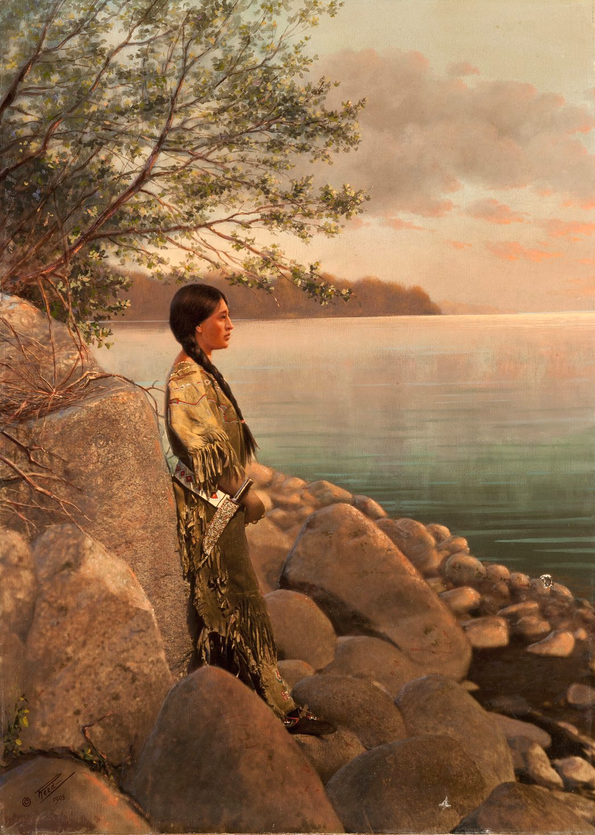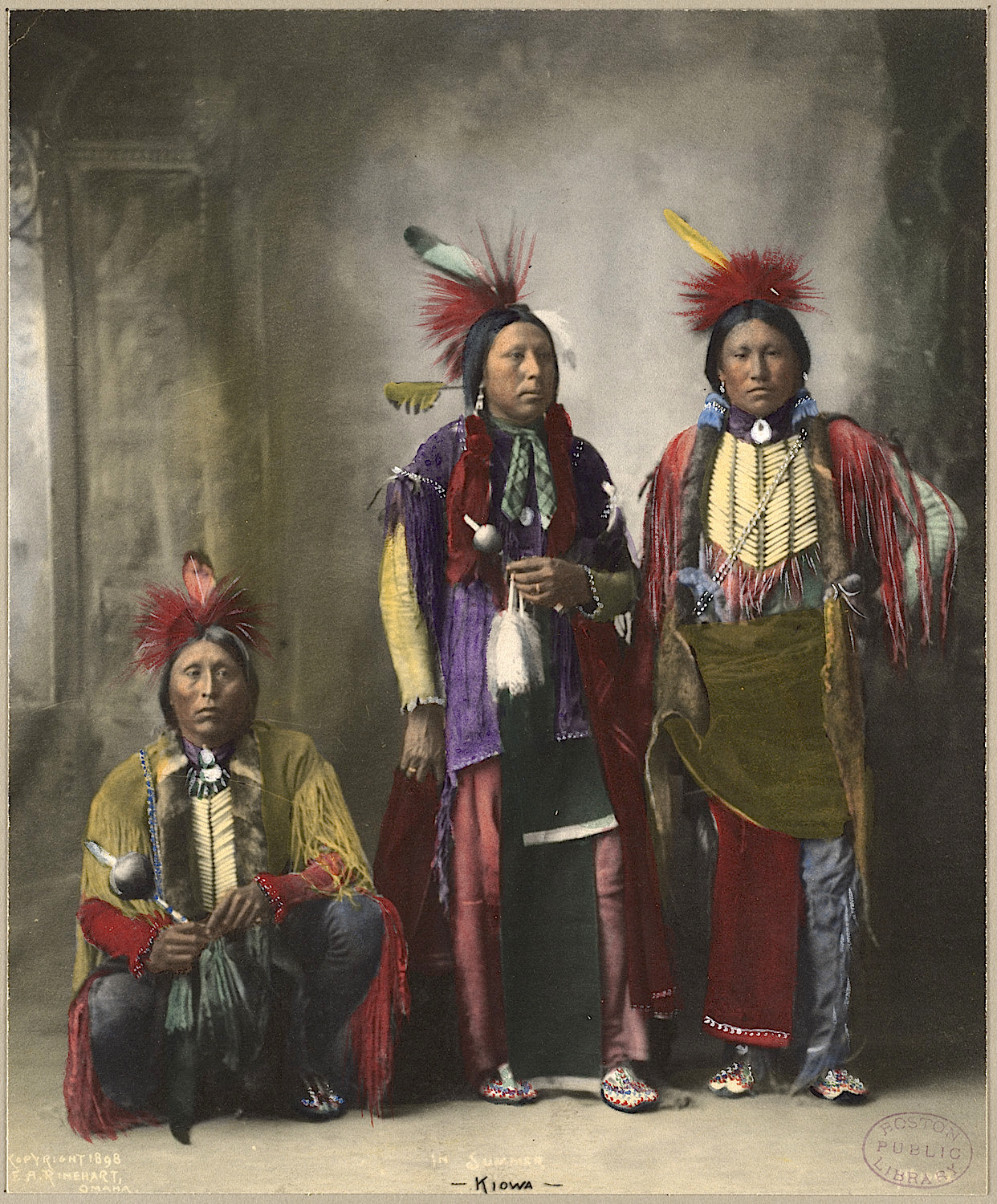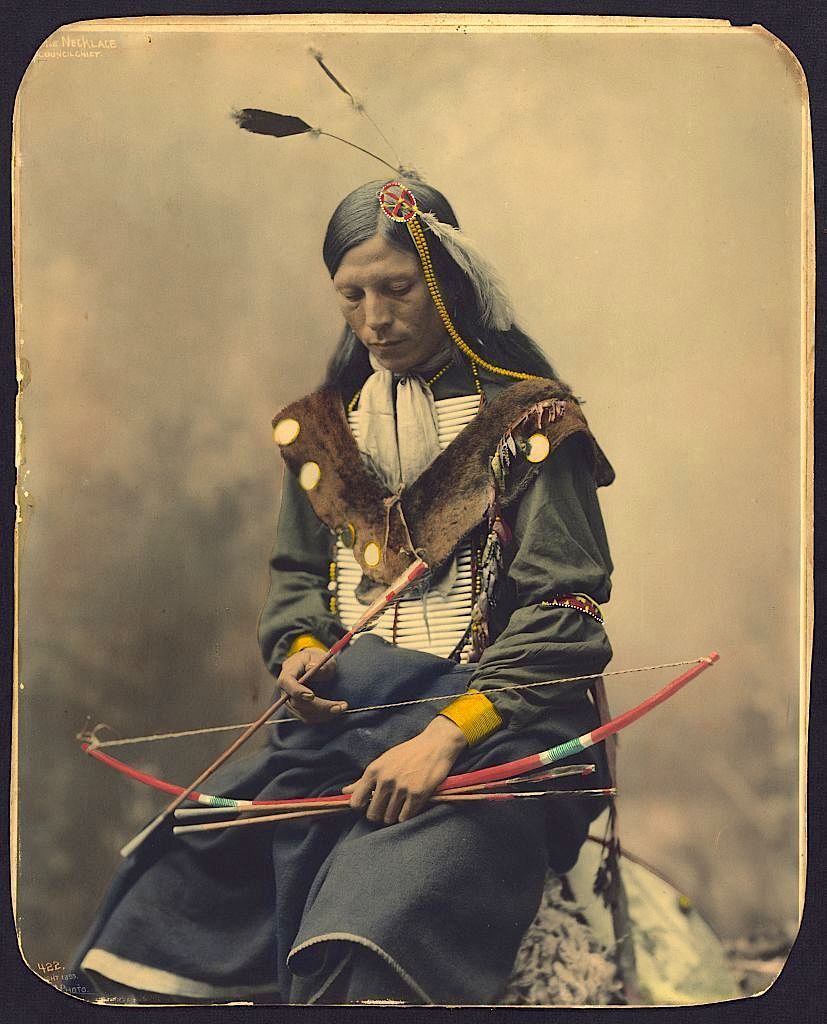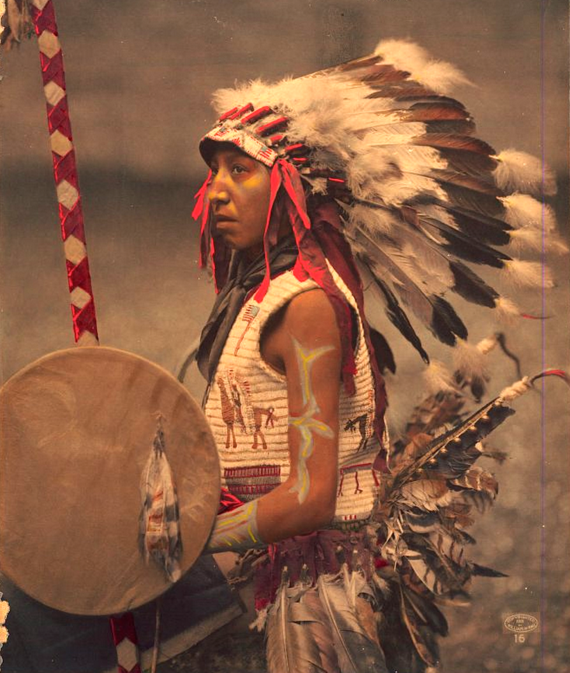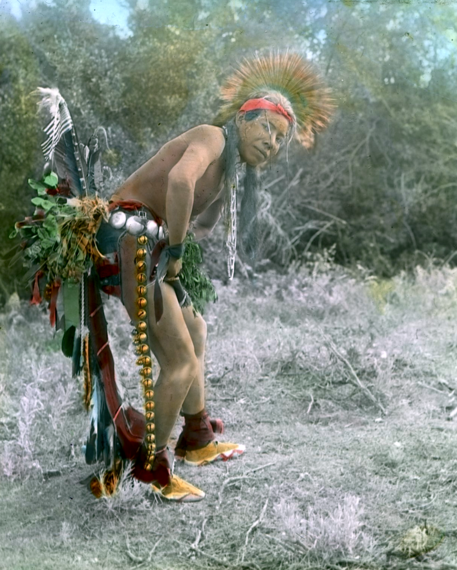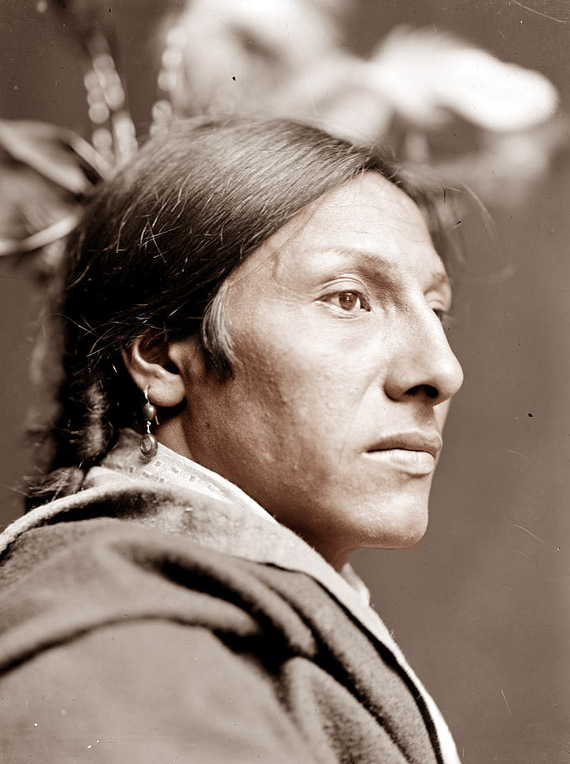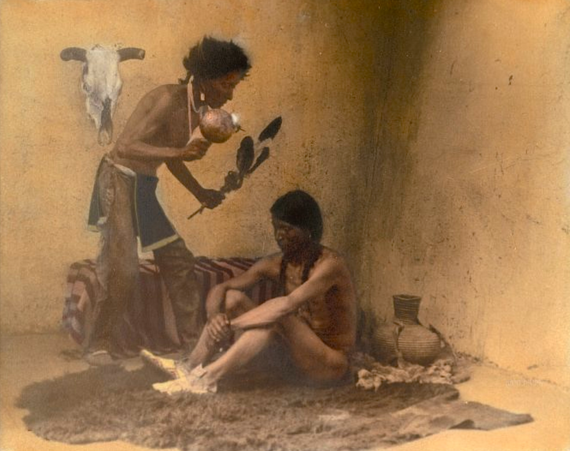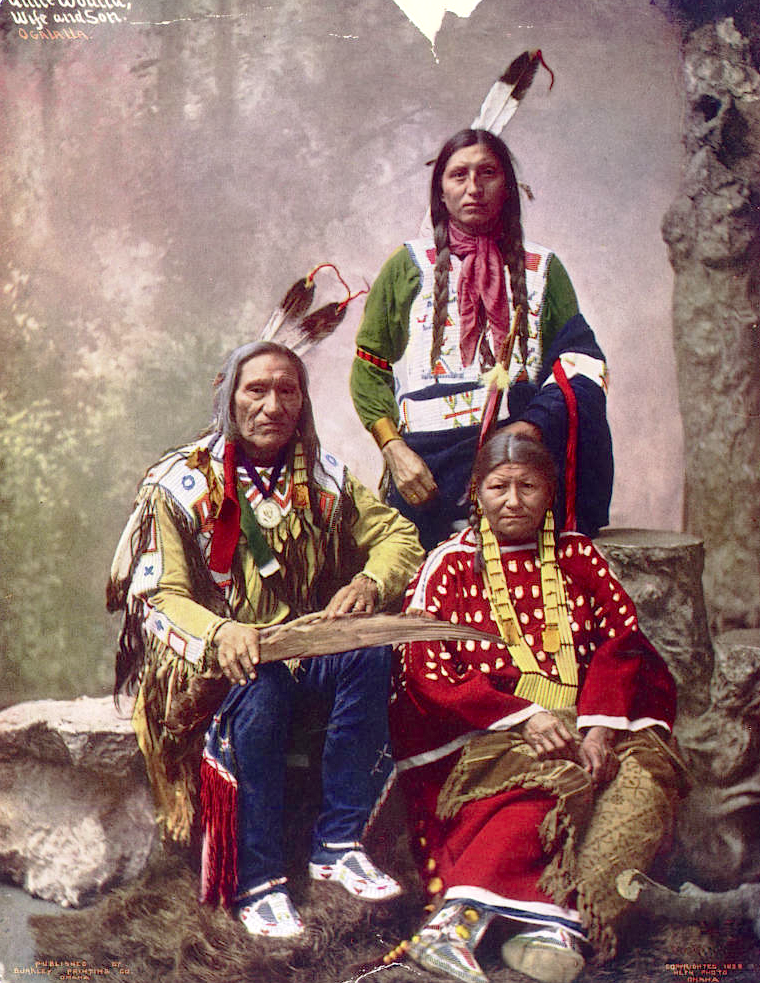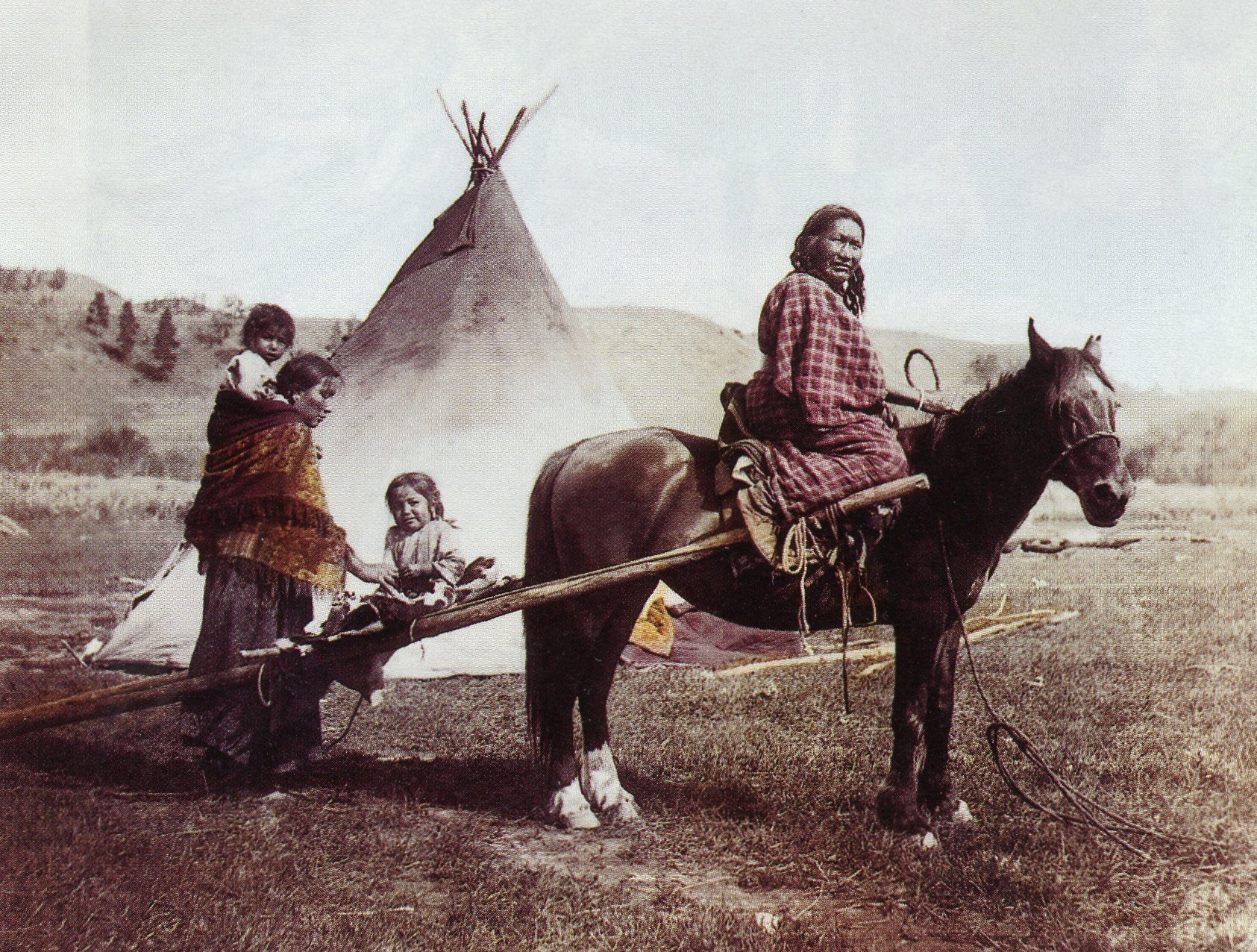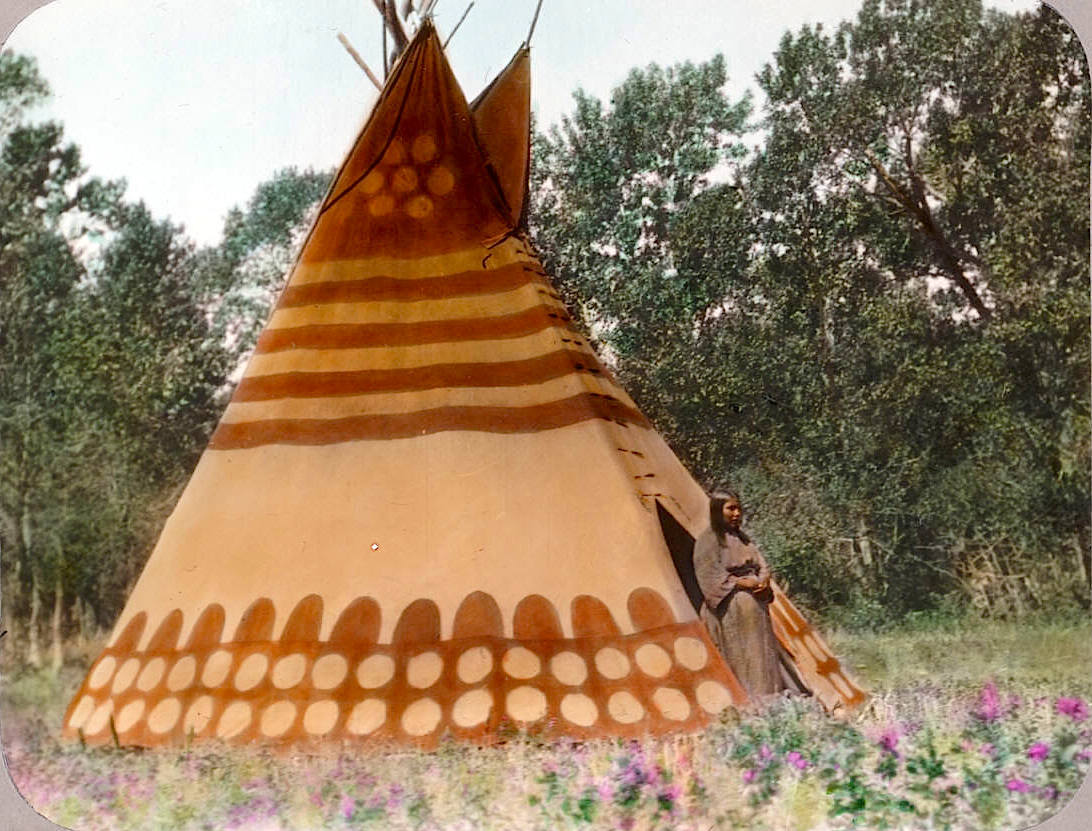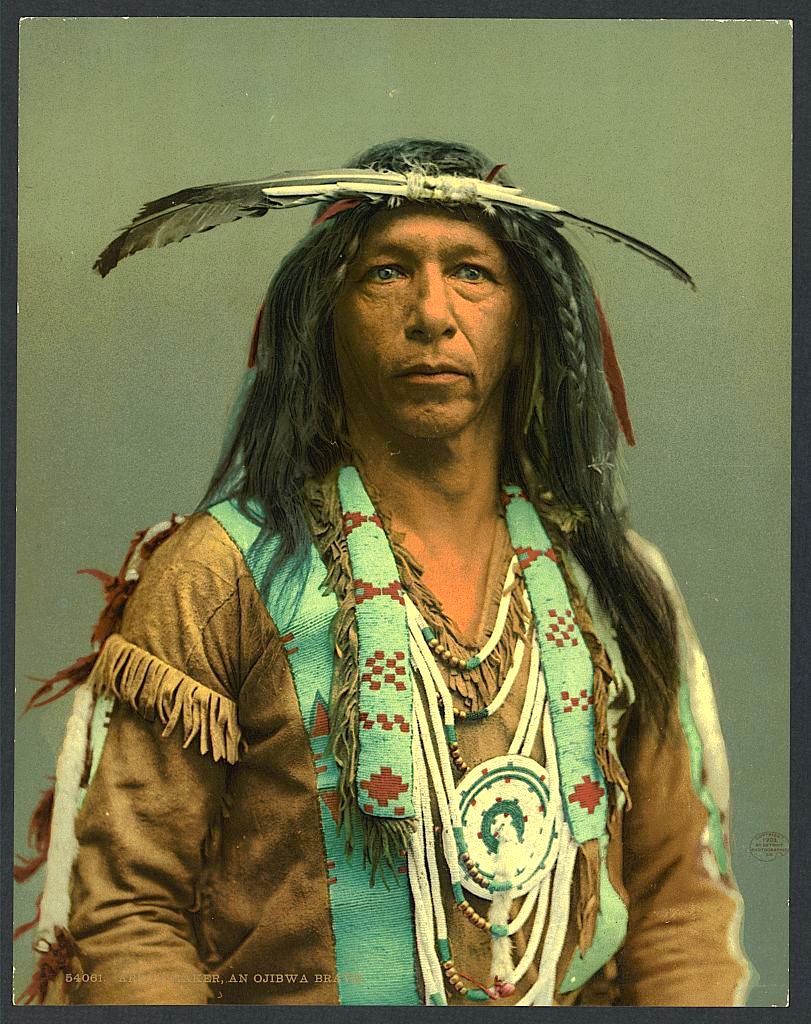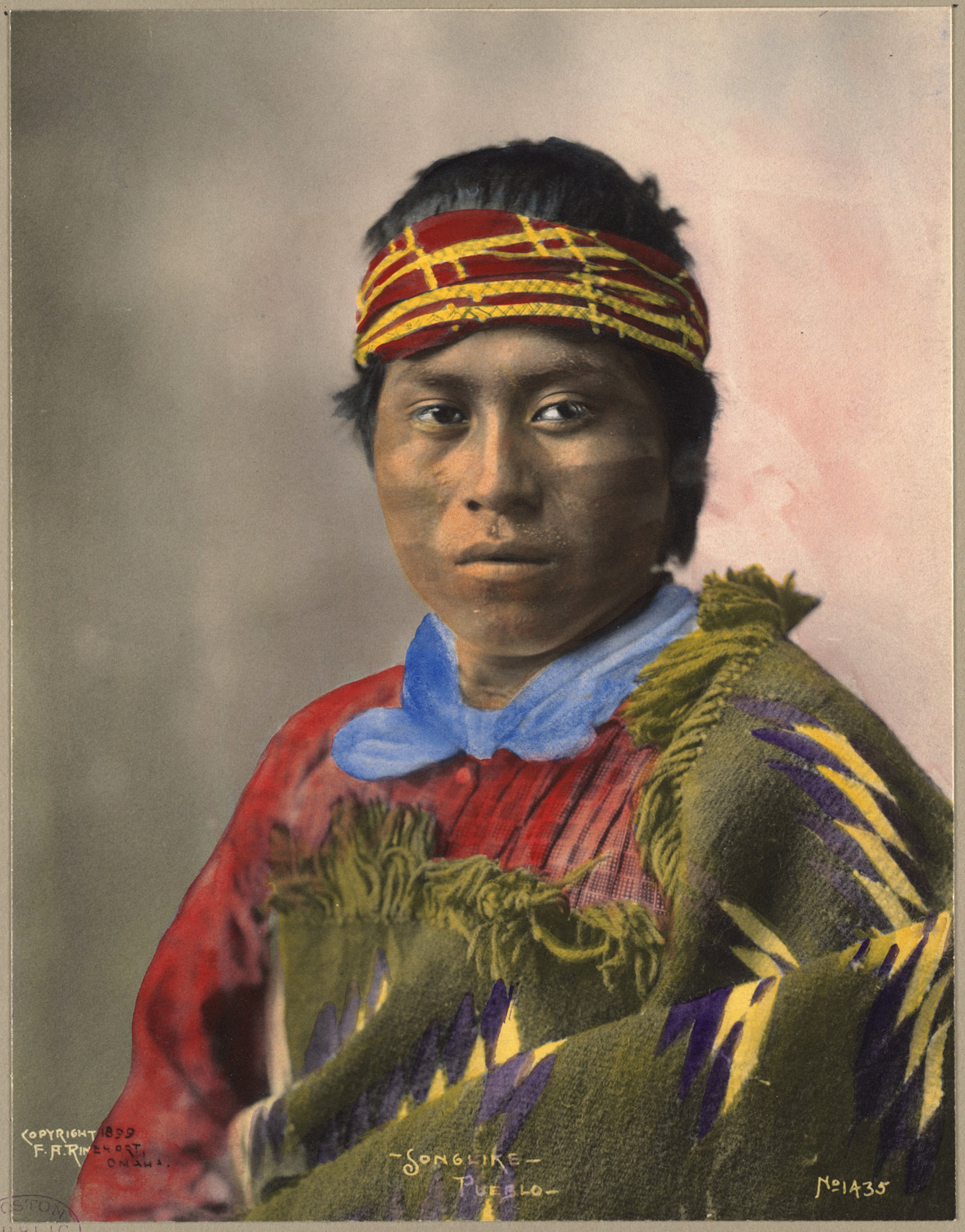Special exhibition "Faces of Impressionism: Portraits of the Musee D'Orsay" is in its final week at the Kimbell Art Museum. Exploring French portraiture and sculpture from the late 1850s until the first years of the 20th century, the 74 portraits from the d'Orsay reflect the origins and flowering of one of the world's most beloved movements.
Road-tripping to Fort Worth to see this rare display, French art history professor Estelle Fonteneau gleefully told me, "I'm getting goose bumps. We're about to see some of my closest friends!" I had already met some of Estelle's "friends" on a trip to Paris 17 years ago, but this time I anticipated a more personal encounter. Whether admiring the sensuality of Chagall's La Bastille or the contained eroticism of the Twilight series (her guilty pleasure), Estelle doesn't hold back when talking about art.
Entering the gallery, we were confronted by a large-scale group portrait by Henri Fantin-Latour. A Studio in the Batignolles (1870) features Edouard Manet seated at the easel, surrounded by early Impressionists such as Frederic Bazille and August Renoir. The image of Claude Monet lurks at the edge, foreshadowing the major figure he would later become.
"The Anonymous Society" of painters, sculptors, engravers, etc. -- or as they later called themselves "Les Independents" -- first started working together around 1865. The circle, which included Caillebotte, Cézanne, Degas, Manet, Monet, Renoir, Sisley and some 30 others, did not acquire the name "The Impressionists" until a decade later. In 1874, notorious art critic Louis Leroy published a satirical review under the heading "The Exhibition of the Impressionists." Describing his offense at their loose brushwork and casual composition, Leroy's derisive label was later embraced by the artists and has since become the most recognized style in the history of modern art.
As we walked through "Faces of Impressionism," Estelle peeled away the painterly layers to expose the quiet details of daily life. To my unstudied eye, she pointed out intimacies, even inside jokes, captured on canvases that were traded among friends years before they became famous.
"I love the way Bazille crossed his feet while he hunched over his easel," she said, gazing at Frederic Bazille (1867). Interpreting one portrait after another, Estelle brought the circle of artists to life. She explained:
Exhibiting in eight different shows over 12 years, the Independents (Intransigents) came into their own through landscape and still life painting (nature morte), a "lowly" genre. No longer mere "Impressionists," they were revolutionaries bucking the oligarchy of the Salon to achieve creative and financial independence.
Though Manet and Bazille were from the upper class, and Degas came from a moderately wealthy family, these weren't your typical trust fund kids. Their outlook was egalitarian. Bazille shared the wealth, generously lending space to less fortunate associates like Renoir, who was born into the working class. So was Monet, who despite humble origins, was the most prolific of them all.
We were stirred by how the open spirit of the times infused their works of art with vitality. For the Impressionists, early sketches held as much merit as finished masterpieces in communicating realities -- or more aptly, impressions -- of modern life. Tenderly rendered portraits depict the artists inside each others' studios, while plein air canvases convey the burgeoning confusion of urban life in a newly industrialized society.
Seeing Degas' In a Café (1875), which features a drunken woman on the verge of falling face down in her cup of absinthe, I was transported back to the first time I met her Paris. I hadn't realized then that she was a model who sat for Impressionists such as Renoir, Manet and Degas. Ellen Andrée would later become a famous actress in her own right. How little I had understood these artists then, or the role that they played in helping each other develop.
The Impressionists also created a new way of working. Aristocrats and commoners formed a bohemian cocoon that incubated a daring new style, rivaling the staid Salon. Forging distinct individual styles that coalesced into a major movement, the Impressionists transformed art forever, which was absolutely their intent.
Learning about Estelle's friends, I couldn't help thinking of mine. Today's Independents include artists, as well as advocates, bloggers, writers, consultants and others intent on changing the world -- also known as "cultural creatives."
Cultural creatives can deal with similar challenges as their artistic counterparts, including lack of financially sustainable models for doing meaningful work, social drawbacks of "deviance," and the relentless specter of selling out. (Fortunately, co-working spots like The Grove give today's Independents the support and fellowship of a shared space, similar to the shared studios enjoyed by the Impressionists.)
Like many artists, the Impressionists were no strangers to suffering. To those starting out and even decades into their work, the early years of their illustrious brotherhood must have been the light of their lives. Looking at the images of youth immortalized reminded us that life doesn't last forever. In fact, when Bazille was killed in 1970 in the Franco-Prussian war, he was only 28.
Others like Monet would move on to a ripe old age, outliving their revolutionary zeal but still painting for the pure pleasure and commercial success of it. Berthe Morisot, one of the few female Impressionists -- and regarded as the most talented by peers like Degas, Monet and Manet -- finally achieved public recognition in 1894, her final year of life.
A lesser-known figure in the early years, Cezanne would burst onto the scene in the late 1880s, taking on the mantle of the avant-garde for the younger generation. After developing his style in near obscurity for 20 years, he would go down in history as the father of modern art.
None of them could see precisely where they were headed at the time, but the early Impressionists clearly counted on each other as co-conspirators in the creative process. Their example demonstrates what it takes to forge a new style or any innovation. It helps to have a sponsor or funding to acquire space and time to work. But without them, you can still create, so long as you have the camaraderie and inspiration of good friends creating alongside you.
Road-tripping to Fort Worth to see this rare display, French art history professor Estelle Fonteneau gleefully told me, "I'm getting goose bumps. We're about to see some of my closest friends!" I had already met some of Estelle's "friends" on a trip to Paris 17 years ago, but this time I anticipated a more personal encounter. Whether admiring the sensuality of Chagall's La Bastille or the contained eroticism of the Twilight series (her guilty pleasure), Estelle doesn't hold back when talking about art.
Entering the gallery, we were confronted by a large-scale group portrait by Henri Fantin-Latour. A Studio in the Batignolles (1870) features Edouard Manet seated at the easel, surrounded by early Impressionists such as Frederic Bazille and August Renoir. The image of Claude Monet lurks at the edge, foreshadowing the major figure he would later become.
"The Anonymous Society" of painters, sculptors, engravers, etc. -- or as they later called themselves "Les Independents" -- first started working together around 1865. The circle, which included Caillebotte, Cézanne, Degas, Manet, Monet, Renoir, Sisley and some 30 others, did not acquire the name "The Impressionists" until a decade later. In 1874, notorious art critic Louis Leroy published a satirical review under the heading "The Exhibition of the Impressionists." Describing his offense at their loose brushwork and casual composition, Leroy's derisive label was later embraced by the artists and has since become the most recognized style in the history of modern art.
As we walked through "Faces of Impressionism," Estelle peeled away the painterly layers to expose the quiet details of daily life. To my unstudied eye, she pointed out intimacies, even inside jokes, captured on canvases that were traded among friends years before they became famous.
"I love the way Bazille crossed his feet while he hunched over his easel," she said, gazing at Frederic Bazille (1867). Interpreting one portrait after another, Estelle brought the circle of artists to life. She explained:
There was a hierarchy of art at this time, according to the standards originally set by the Académie Royale and the Salon, which were the exhibits. Religion, mythology and history were considered the highest genres. Landscape and still life were at the bottom. What's innovative about this exhibit is that these are not commissioned or official portraits, but images captured from daily life. The Impressionists' portraits show how they lived, how they created and how they inspired each other.
Exhibiting in eight different shows over 12 years, the Independents (Intransigents) came into their own through landscape and still life painting (nature morte), a "lowly" genre. No longer mere "Impressionists," they were revolutionaries bucking the oligarchy of the Salon to achieve creative and financial independence.
Though Manet and Bazille were from the upper class, and Degas came from a moderately wealthy family, these weren't your typical trust fund kids. Their outlook was egalitarian. Bazille shared the wealth, generously lending space to less fortunate associates like Renoir, who was born into the working class. So was Monet, who despite humble origins, was the most prolific of them all.
We were stirred by how the open spirit of the times infused their works of art with vitality. For the Impressionists, early sketches held as much merit as finished masterpieces in communicating realities -- or more aptly, impressions -- of modern life. Tenderly rendered portraits depict the artists inside each others' studios, while plein air canvases convey the burgeoning confusion of urban life in a newly industrialized society.
Seeing Degas' In a Café (1875), which features a drunken woman on the verge of falling face down in her cup of absinthe, I was transported back to the first time I met her Paris. I hadn't realized then that she was a model who sat for Impressionists such as Renoir, Manet and Degas. Ellen Andrée would later become a famous actress in her own right. How little I had understood these artists then, or the role that they played in helping each other develop.
The Impressionists also created a new way of working. Aristocrats and commoners formed a bohemian cocoon that incubated a daring new style, rivaling the staid Salon. Forging distinct individual styles that coalesced into a major movement, the Impressionists transformed art forever, which was absolutely their intent.
Learning about Estelle's friends, I couldn't help thinking of mine. Today's Independents include artists, as well as advocates, bloggers, writers, consultants and others intent on changing the world -- also known as "cultural creatives."
Cultural creatives can deal with similar challenges as their artistic counterparts, including lack of financially sustainable models for doing meaningful work, social drawbacks of "deviance," and the relentless specter of selling out. (Fortunately, co-working spots like The Grove give today's Independents the support and fellowship of a shared space, similar to the shared studios enjoyed by the Impressionists.)
Like many artists, the Impressionists were no strangers to suffering. To those starting out and even decades into their work, the early years of their illustrious brotherhood must have been the light of their lives. Looking at the images of youth immortalized reminded us that life doesn't last forever. In fact, when Bazille was killed in 1970 in the Franco-Prussian war, he was only 28.
Others like Monet would move on to a ripe old age, outliving their revolutionary zeal but still painting for the pure pleasure and commercial success of it. Berthe Morisot, one of the few female Impressionists -- and regarded as the most talented by peers like Degas, Monet and Manet -- finally achieved public recognition in 1894, her final year of life.
A lesser-known figure in the early years, Cezanne would burst onto the scene in the late 1880s, taking on the mantle of the avant-garde for the younger generation. After developing his style in near obscurity for 20 years, he would go down in history as the father of modern art.
None of them could see precisely where they were headed at the time, but the early Impressionists clearly counted on each other as co-conspirators in the creative process. Their example demonstrates what it takes to forge a new style or any innovation. It helps to have a sponsor or funding to acquire space and time to work. But without them, you can still create, so long as you have the camaraderie and inspiration of good friends creating alongside you.




